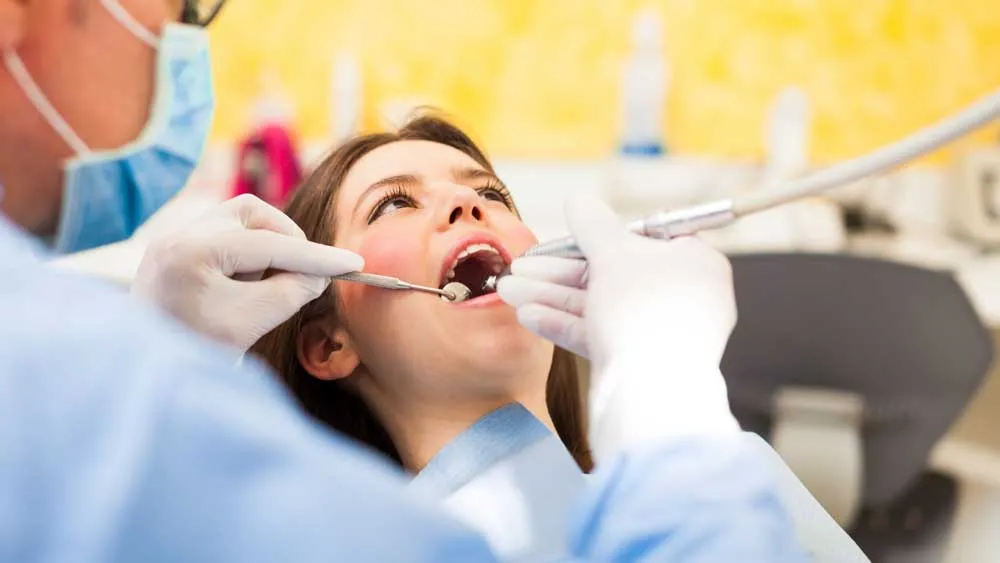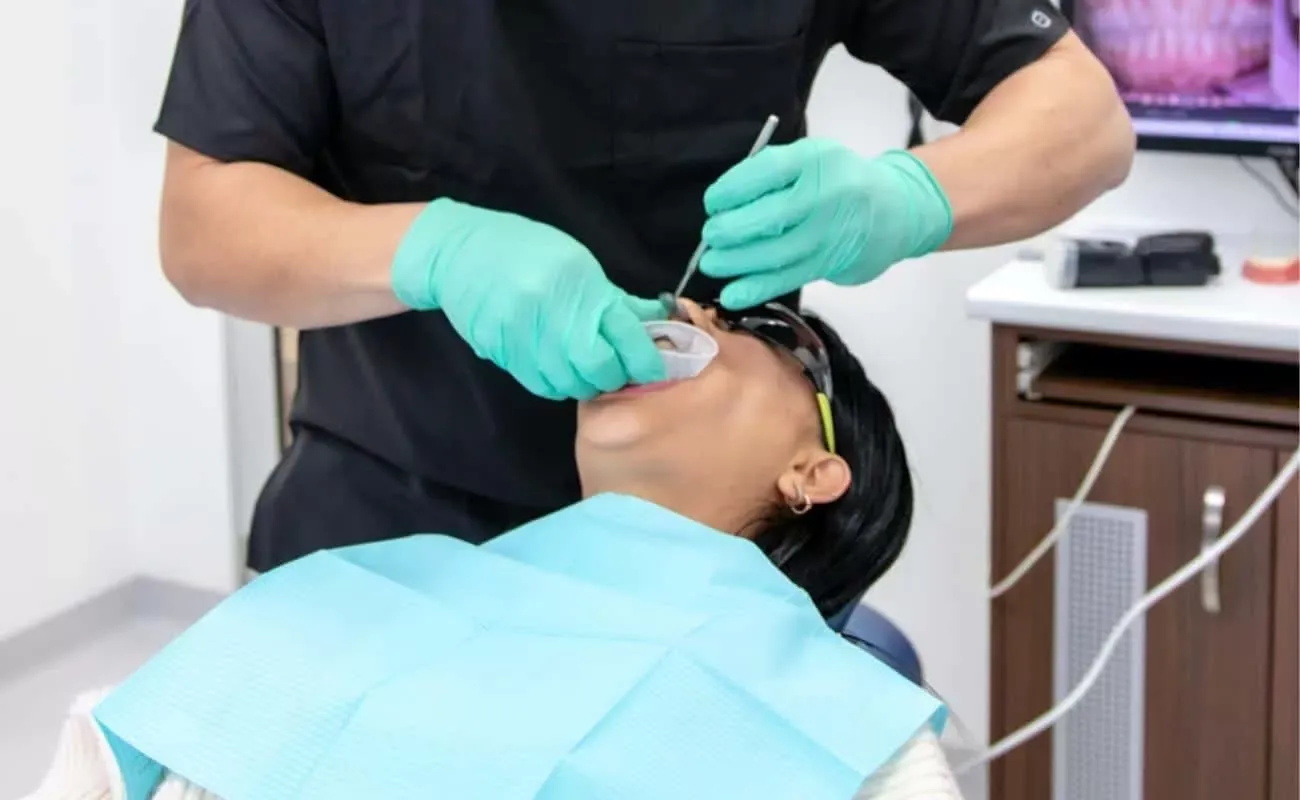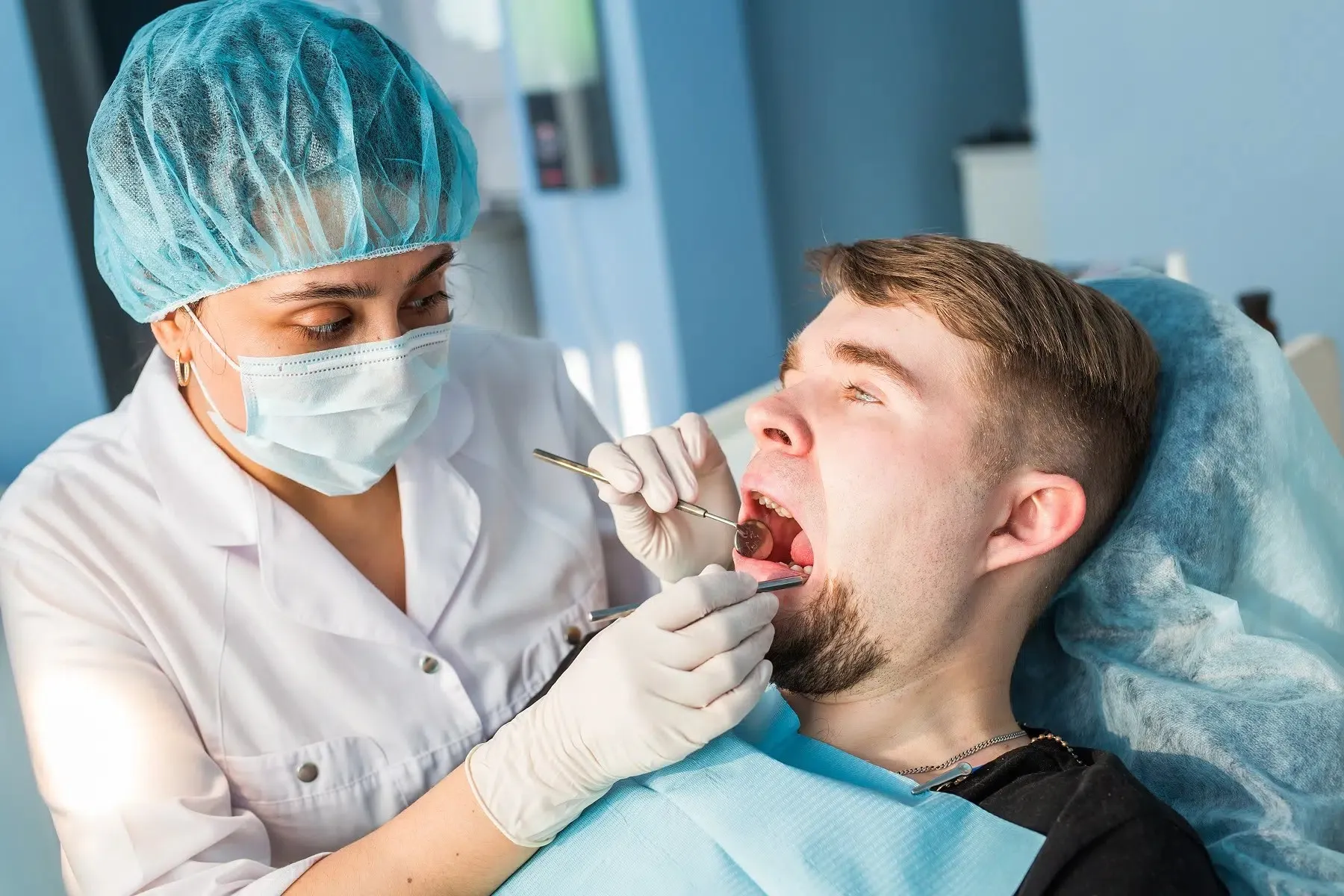
When Is an Emergency Tooth Extraction Necessary? Urgent Dental Guide
Imagine experiencing severe tooth pain that doesn’t go away, swelling in the jaw, or a broken tooth that cannot be saved. In such cases, an Emergency tooth extraction may be necessary to relieve pain and prevent infection from spreading. Emergency tooth extraction is a procedure performed urgently when a tooth is causing severe discomfort or poses a risk to your overall health. While dentists always aim to save the tooth with treatments like root canals or crowns, extraction becomes necessary in serious situations. This article explores when emergency extractions are required, what to expect during the procedure, and how to recover safely.
Understanding Emergency Tooth Extraction
Emergency tooth extraction refers to the urgent removal of a tooth that is causing severe pain, infection, or structural damage. There are two types of extractions. Simple extractions are performed on visible teeth that can be accessed easily. Surgical extractions are required for teeth that are broken, impacted, or below the gumline. Emergency extractions are critical for preventing serious complications, such as infection spread, nerve involvement, or worsening pain.
Signs You Might Need an Emergency Tooth Extraction
Persistent and severe pain that does not respond to over-the-counter medications is a key warning sign. Swelling or the presence of an abscess around the tooth or jaw signals that infection is advancing. A broken or fractured tooth extending below the gumline, advanced gum disease causing loose teeth, decay reaching the tooth root, and impacted wisdom teeth causing pressure, pain, or infection are all reasons to seek immediate care. Recognizing these signs early can prevent further damage and reduce the risk of complications.
Common Causes Leading to Emergency Extraction
Emergency extractions often occur due to untreated tooth decay spreading into the pulp and jawbone. Trauma from accidents or sports injuries can fracture teeth beyond repair. Failed dental work or previously treated teeth that cannot be restored may also necessitate extraction. Severe infections or abscesses that do not respond to antibiotics, as well as overcrowded or impacted teeth affecting neighboring teeth, are other common causes. Regular dental visits can help identify and address these issues before they require urgent removal.
When Extraction Becomes the Only Option
Dentists always prioritize tooth-saving treatments such as root canal therapy, crowns, fillings, or antibiotics for early infections. However, emergency extraction becomes necessary when the tooth structure is too damaged to restore, the infection threatens surrounding tissues or the bloodstream, or the patient experiences unbearable pain that cannot be controlled. In such cases, extraction is the safest and most effective way to protect both oral and overall health.
The Emergency Tooth Extraction Procedure

The procedure begins with a thorough examination and X-rays to assess the tooth and surrounding bone. Local anesthesia or sedation is administered to ensure the patient’s comfort throughout the procedure. Depending on the situation, the dentist may perform either a simple extraction for visible teeth or a surgical extraction for broken, impacted, or complicated cases.
Once the tooth is removed, the area is carefully cleaned and disinfected to reduce the risk of infection. Stitches may be placed if necessary, particularly after surgical extractions, to aid in healing and protect surrounding tissues. The procedure is designed to be quick, safe, and effective, providing immediate relief from pain while minimizing trauma to the adjacent teeth and gums.
Aftercare and Recovery Tips
Proper aftercare is crucial to ensure smooth healing following an extraction. Patients should apply gentle pressure with gauze to control bleeding and avoid rinsing, smoking, or using straws for the first 24 hours, as these actions can dislodge the blood clot and cause complications such as dry socket.
Eating soft foods like yogurt, soup, or mashed potatoes helps protect the extraction site and reduces discomfort while chewing. Cold compresses applied to the outside of the face can help reduce swelling and inflammation. Prescribed pain medications or antibiotics should be taken exactly as directed to manage pain and prevent infection.
With diligent care and adherence to instructions, complete healing usually occurs within seven to ten days. During this time, patients should monitor for signs of infection, such as persistent swelling, severe pain, or fever, and contact their dentist immediately if these occur.
Potential Risks of Delaying Extraction
Delaying an emergency extraction can result in serious complications. An untreated tooth infection can spread to the jawbone or bloodstream, potentially leading to life-threatening conditions such as sepsis. Severe swelling may impact breathing or swallowing, while pain can intensify and contribute to further damage or loss of adjacent teeth.
In some cases, untreated infections may lead to bone damage or abscess formation, complicating future treatment and prolonging recovery. Acting promptly by seeking professional care reduces these risks, helps control pain, and ensures a safer, faster recovery.
The Importance of Preventive Care
Prevention is always preferable to reactive treatment. Maintaining excellent oral hygiene is the foundation for strong, healthy teeth and gums. Brushing at least twice a day with fluoride toothpaste helps remove plaque, strengthen enamel, and prevent cavities. Flossing daily removes debris and bacteria between teeth that a toothbrush cannot reach, reducing the risk of gum disease and decay that could lead to emergency extractions.
Dental Checkups
Emergency dental visits are essential for early detection of problems. Dentists can identify decay, fractures, or infections before they escalate into emergencies. Professional cleanings remove tartar buildup that brushing and flossing alone cannot eliminate. During these checkups, your dentist can also provide fluoride treatments, sealants, or other preventive measures to strengthen teeth and protect against future issues.
Protective Measures Against Dental Trauma
Physical trauma is a common reason for emergency extractions, but many injuries can be prevented. Wearing a mouthguard during sports or physical activities significantly reduces the risk of tooth fractures and knocks. For patients who grind their teeth at night (bruxism), a custom night guard can protect teeth from wear and prevent fractures that might require extraction.
Prompt Treatment of Dental Issues
Addressing cavities, cracks, or infections promptly prevents them from worsening. Untreated decay can reach the tooth pulp or compromise surrounding bone, leading to severe pain or abscesses that necessitate emergency extraction. Following your dentist’s recommendations for fillings, crowns, root canals, or other restorative treatments ensures teeth remain strong and functional.
Replacing Missing Teeth to Maintain Alignment
When a tooth is lost, whether through extraction or trauma, replacing it promptly is crucial. Options such as dental implants, bridges, or partial dentures prevent neighboring teeth from shifting, which can cause bite problems, jaw pain, and additional dental complications. Proper alignment reduces the likelihood of stress fractures or decay in adjacent teeth, lowering the risk of future emergency procedures.
Lifestyle Choices That Support Oral Health
A healthy lifestyle complements good dental hygiene. Limiting sugary snacks and drinks reduces the food supply for decay-causing bacteria. Staying hydrated encourages saliva production, which naturally helps neutralize acids and wash away bacteria. Avoiding smoking and excessive alcohol also protects gums, reduces inflammation, and lowers the risk of periodontal disease, all of which can prevent situations requiring emergency extraction.
Long-Term Considerations After Extraction

Replacing the Missing Tooth
After an emergency tooth extraction, one of the most important steps is planning for tooth replacement. Leaving the gap untreated can cause neighboring teeth to shift, leading to bite misalignment, uneven wear, and even jaw pain. Dental implants are often the preferred option because they replace both the tooth and its root, preserving bone density and providing a natural appearance. Bridges and partial dentures are effective alternatives that restore function and aesthetics, especially when implants are not immediately feasible.
Monitoring Healing and Recovery
Even after the initial healing period, follow-up appointments are crucial. Your dentist may recommend X-rays or imaging to ensure the extraction site is healing properly and that no residual infection remains. For surgical extractions or teeth removed due to severe infection, monitoring helps detect complications early and ensures optimal long-term oral health.
Maintaining Oral Hygiene
Proper oral care does not stop after the extraction heals. Brushing twice daily with a soft-bristled toothbrush, flossing gently, and using mouth rinses as recommended prevent infection and promote healthy gums and teeth. Paying special attention to the extraction site during cleaning, especially in the first few weeks, helps reduce the risk of complications like dry socket or delayed healing.
Preventing Future Dental Emergencies
An emergency extraction often serves as a reminder of the importance of preventive care. Regular dental checkups, professional cleanings, and prompt treatment of cavities, cracks, or gum issues can minimize the risk of needing another urgent extraction. Lifestyle factors, including a balanced diet, limited sugary foods, and protective measures like mouthguards for grinding or sports, also contribute to long-term oral health.
Supporting Overall Health
Maintaining a healthy mouth supports overall well-being. Poor oral health has been linked to systemic conditions such as heart disease, diabetes, and respiratory infections. By addressing dental emergencies promptly and implementing long-term care strategies, patients not only protect their teeth but also safeguard their general health.
Conclusion: Protect Your Oral Health with Prompt Care
Emergency tooth extraction may seem intimidating, but it is often the fastest and safest way to relieve severe pain and prevent infection from spreading. Modern dental techniques ensure that the procedure is safe, comfortable, and effective, minimizing trauma and promoting faster healing.
Ignoring severe dental pain or delaying treatment can lead to serious complications. Infections from untreated teeth can spread to the jawbone, gums, and even the bloodstream, increasing the risk of systemic health problems. By seeking immediate care, you not only protect the affected tooth area but also safeguard your overall health.
Timely intervention can preserve your oral health, reduce complications, and restore comfort quickly. Following proper aftercare instructions such as maintaining a soft-food diet, avoiding smoking or using straws, applying cold compresses, and taking prescribed medications supports healing and prevents further issues like dry socket or secondary infection.

